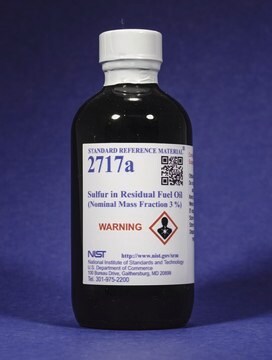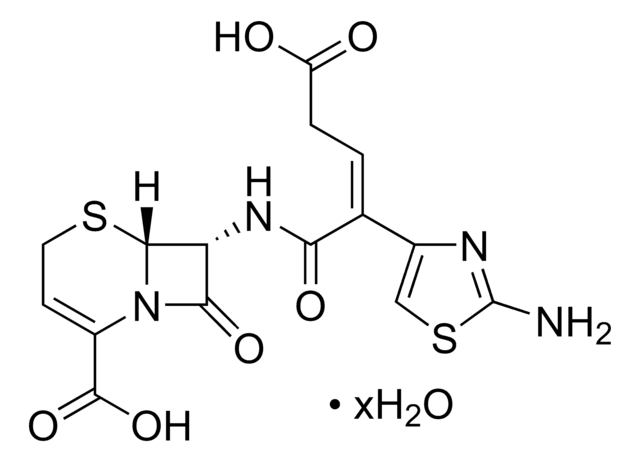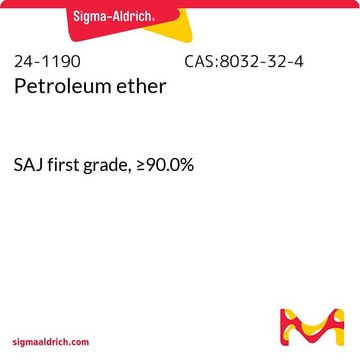All Photos(1)
About This Item
grade:
SAJ special grade
assay:
≥90.0%
bp:
190-250 °C (lit.)
vapor pressure:
0.23 mmHg ( 20 °C)
Recommended Products
grade
SAJ special grade
vapor density
4.5 (vs air)
vapor pressure
0.23 mmHg ( 20 °C)
assay
≥90.0%
form
liquid
autoignition temp.
442 °F
expl. lim.
5 %
availability
available only in Japan
bp
190-250 °C (lit.)
density
0.8 g/mL at 25 °C (lit.)
Looking for similar products? Visit Product Comparison Guide
signalword
Danger
hcodes
Hazard Classifications
Aquatic Chronic 2 - Asp. Tox. 1 - Skin Irrit. 2 - STOT SE 3
target_organs
Central nervous system
Storage Class
3 - Flammable liquids
wgk_germany
WGK 2
flash_point_f
179.6 °F - closed cup
flash_point_c
82 °C - closed cup
ppe
Faceshields, Gloves, Goggles, type ABEK (EN14387) respirator filter
Choose from one of the most recent versions:
Already Own This Product?
Find documentation for the products that you have recently purchased in the Document Library.
J A Namocatcat et al.
Journal of contaminant hydrology, 67(1-4), 177-194 (2003-11-11)
Evolution of trimethylbenzoic acids in the KC-135 aquifer at the former Wurtsmith Air Force Base (WAFB), Oscoda, MI was examined to determine the functionality of trimethylbenzoic acids as key metabolite signatures in the biogeochemical evolution of an aquifer contaminated with
J Rossi et al.
Journal of toxicology and environmental health. Part A, 63(6), 397-428 (2001-08-03)
The U.S. Naval Service is anticipating transition from the nearly exclusive use of JP-5 jet fuel to predominant use of JP-8, consistent with the primary utilization by the U.S. Army, U.S. Air Force, and the militaries of most NATO countries.
Susan P Proctor et al.
Neurotoxicology, 32(6), 799-808 (2011-08-10)
One of the most prevalent workplace chemical exposures historically and currently confronting the global military and civilian workforce is jet propellant (JP) fuel (e.g., JP4, JP5, JP8, jet A1), a complex mixture of numerous hydrocarbon compounds and additives. To date
Steven R H Barrett et al.
Environmental science & technology, 46(8), 4275-4282 (2012-03-03)
In jurisdictions including the US and the EU ground transportation and marine fuels have recently been required to contain lower concentrations of sulfur, which has resulted in reduced atmospheric SO(x) emissions. In contrast, the maximum sulfur content of aviation fuel
Cynthia M Mann et al.
Journal of toxicology and environmental health. Part A, 71(8), 495-504 (2008-03-14)
The potential for jet fuel to modulate immune functions has been reported in mice following dermal, inhalation, and oral routes of exposure; however, a functional evaluation of the immune system in rats following jet fuel exposure has not been conducted.
Our team of scientists has experience in all areas of research including Life Science, Material Science, Chemical Synthesis, Chromatography, Analytical and many others.
Contact Technical Service









